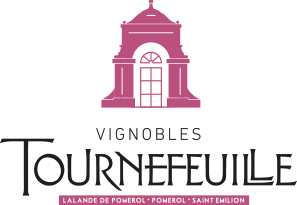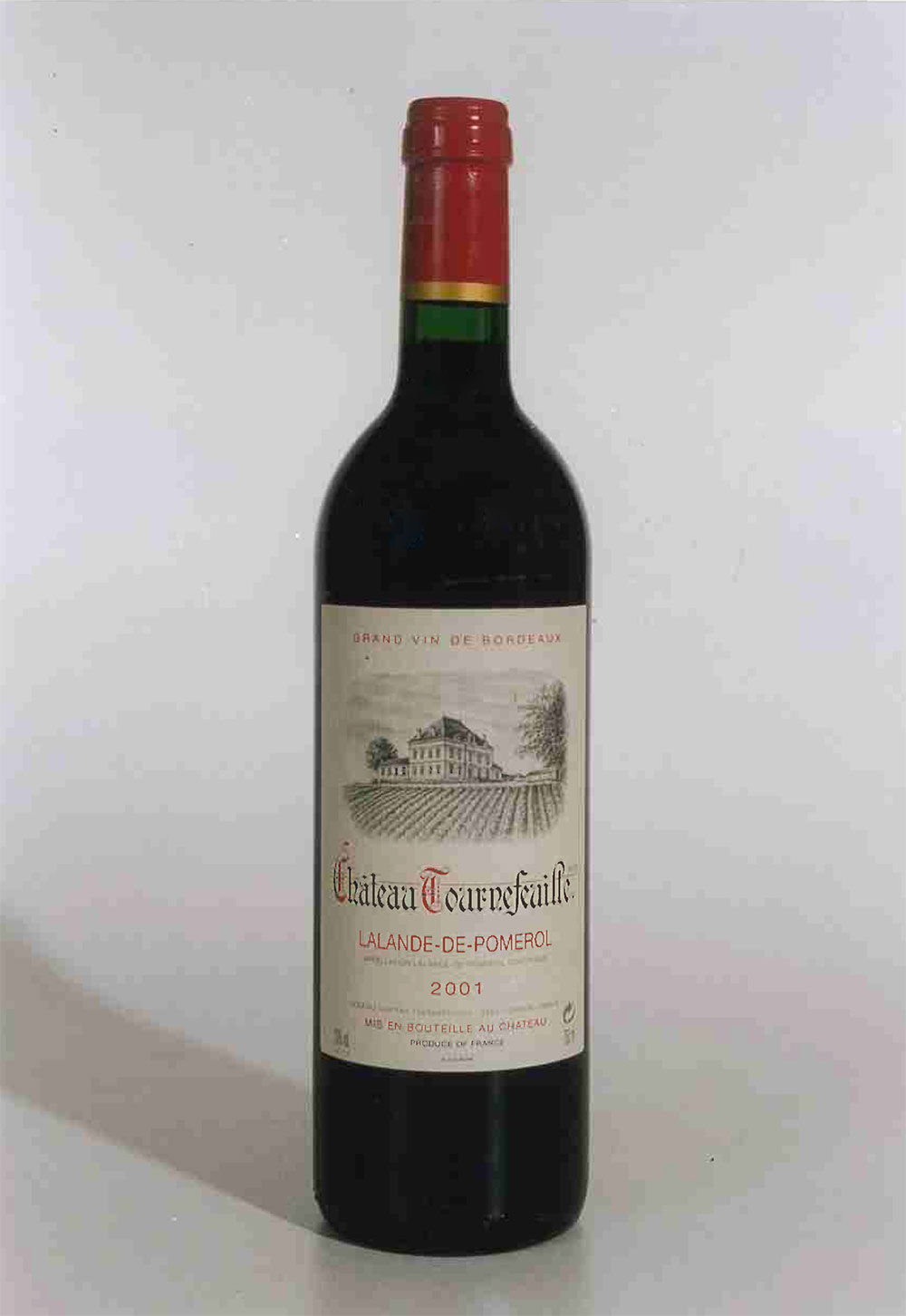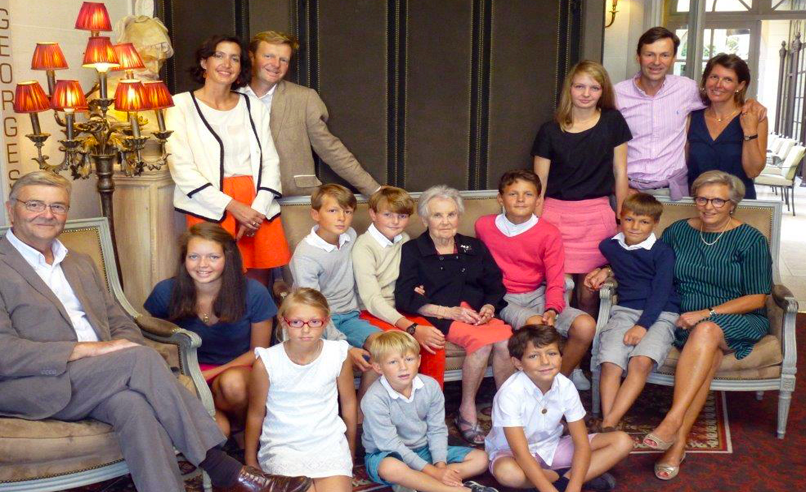Tournefeuille, a tale that spans centuries
Several centuries of history have shaped this outstanding terroir, where the «feuilles tournent» (leaves turn), bathed in sunshine as the winds and seasons change.
In the Middle Ages :
The Celts set up camp in the region around 3,000 BC. They would first farm the appellation before moving onto winegrowing in around 20 AD once they discovered a variety of grape suited to the climate. The name Néac is of Gallo-Roman origin, offering evidence that the village was already inhabited during this time period.
In the Middle Ages, the Knights Hospitaller settled in Lalande de Pomerol and rekindled its winegrowing industry. Trade with the English saw the fields transformed into vineyards. Then the end of the Hundred Years’ War where the Barbanne river functioned as a border, the French Revolution and the phylloxera plague put an end to winegrowing in Néac. The windmills on the Barbanne river bear testament to the production of wheat and flour in the village.
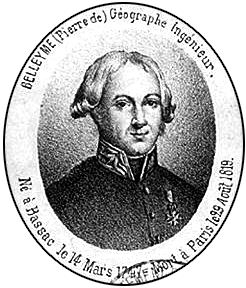
In 1783…
…The famously accurate cartography of Guyenne, carried out by the historian Belleyme under orders from King Louis XV, mentions the place known as Tournefeuille and highlights the existence of a farm as well as vines on the slopes. This means that the Tournefeuille vineyard dates back to an era where winemaking was undergoing something of a renaissance. Its position high on the hillside offered advantageous wind exposure. The blustery location gave rise to the name «Tournefeuille» (leaf-turn), a turn of phrase used by inhabitants back in the day.
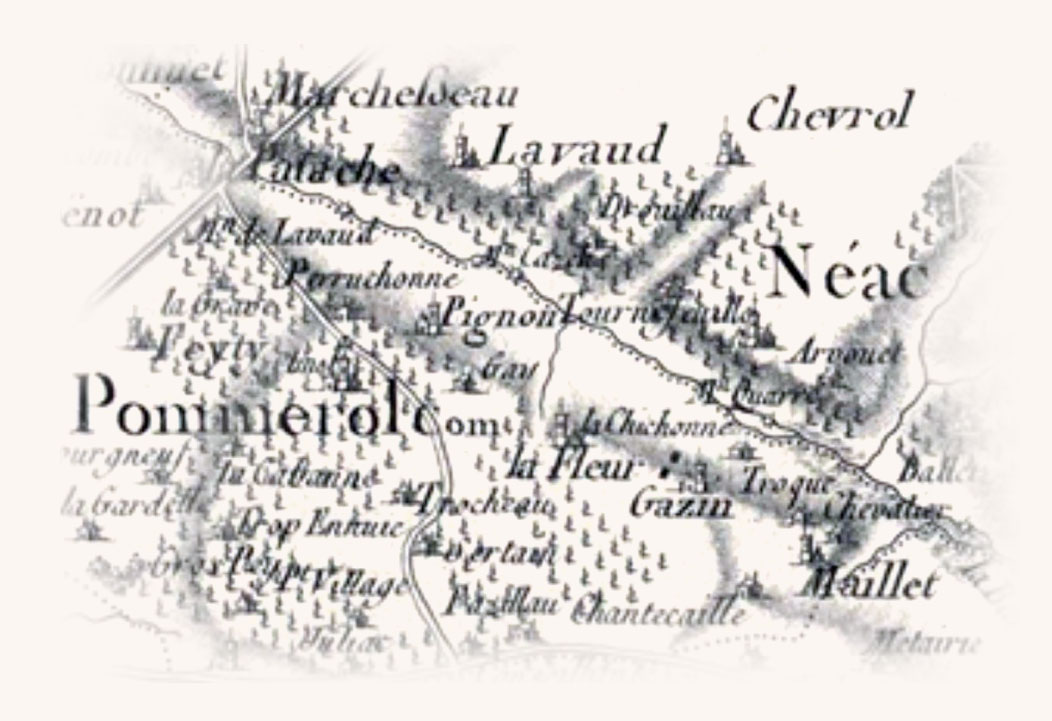

In 1850, …
…Victor Tastet, from the Landes region in southwest France, acquired the land and built a winemaking estate in the archetypal ‘château bordelais’ style that still exists today: a pretty townhouse overlooking the hillside, a park planted with cedar trees, stone pines, blackberry bushes and linden trees and the adjoining wine cellar. The charming house was combined with effective winemaking facilities used to produced great wines worthy of the terroir discovered.
In 1874, …
…Camille Decout, an industrialist from the Charente region, took over the Tournefeuille château and continued to forge its reputation. After winning several medals and awards, he succeeded in obtaining the ‘Premier des Grands Crus de Néac’ classification. The cultivation area was increased. But the outbreak of war in 1914 would force him to curb his ambition.

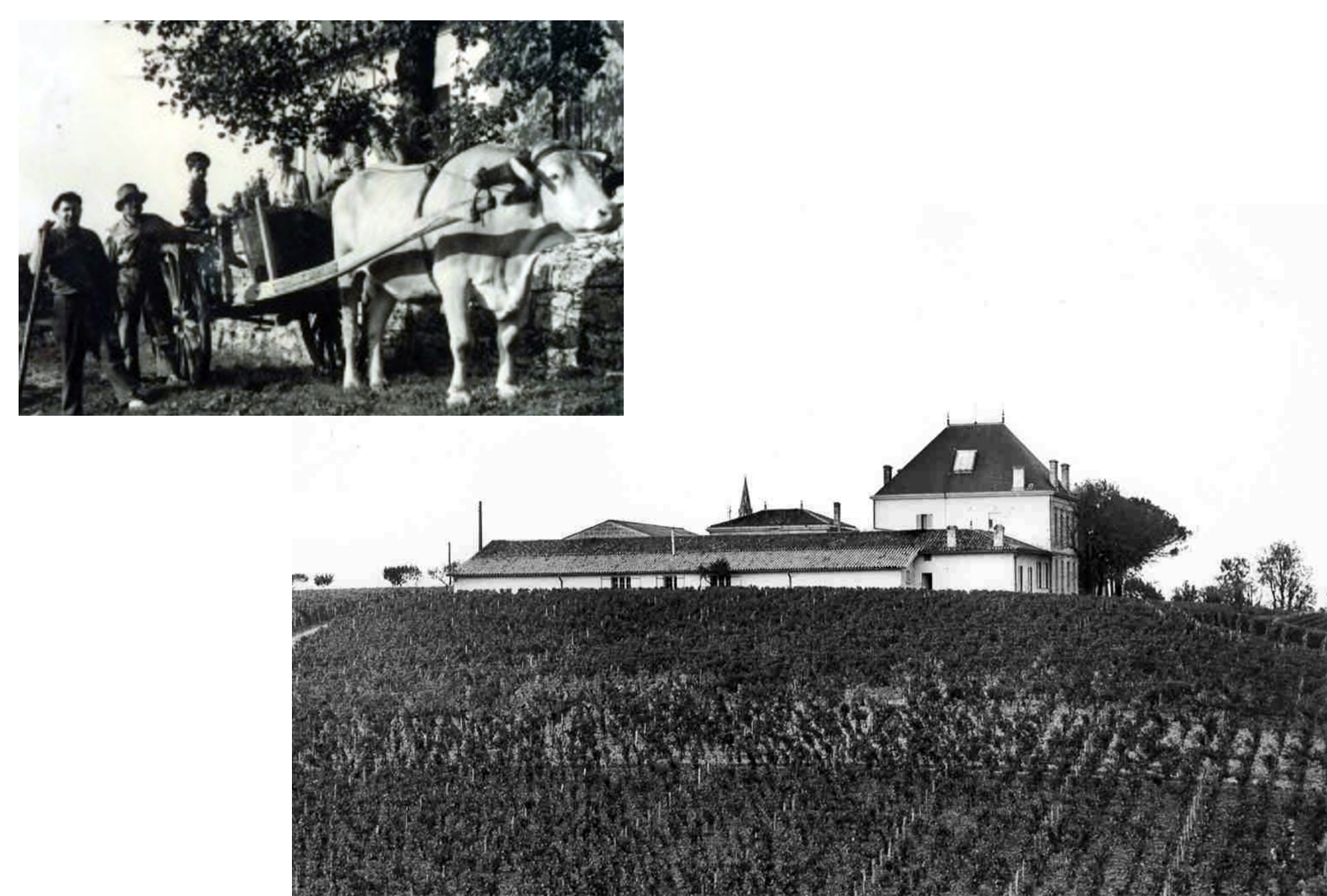
In 1939…
As war was about to break out for the second time that century, the Sautarel family from Ussel in the Corrèze region, would set up shop at Tournefeuille.
It was the beginning of a 59-year saga during which the château underwent multiple evolutions under the guidance of Léon Sautarel and later his sons, André and Jacques: the modernisation of the fermenting room, the construction of a wine-ageing cellar, the mechanisation of the winemaking processes and the subsequent expansion of the vineyard.
By the end of the 1970s, Château Tournefeuille was considered one of the jewels of the Lalande de Pomerol appellation.
In 1998, …
…Keen to enjoy the fruits of their labour, the Sautarel brothers transferred ownership of this great terroir to the Petit and Cambier families. A new chapter of history had begun. In 2003 and 2004, the Tournefeuille vineyard was expanded with the addition of two new vintages. First came the Château La Révérence with its three hectares of land located on the Saint-Emilion appellation on the clay-rich plateau at the edge of the Grands Crus Classés (Médoc Classification of 1855). Then the Château Lécuyer from the prestigious Pomerol appellation whose vines are sprinkled around the village church on the beautiful sandy and clay-rich terroirs.
